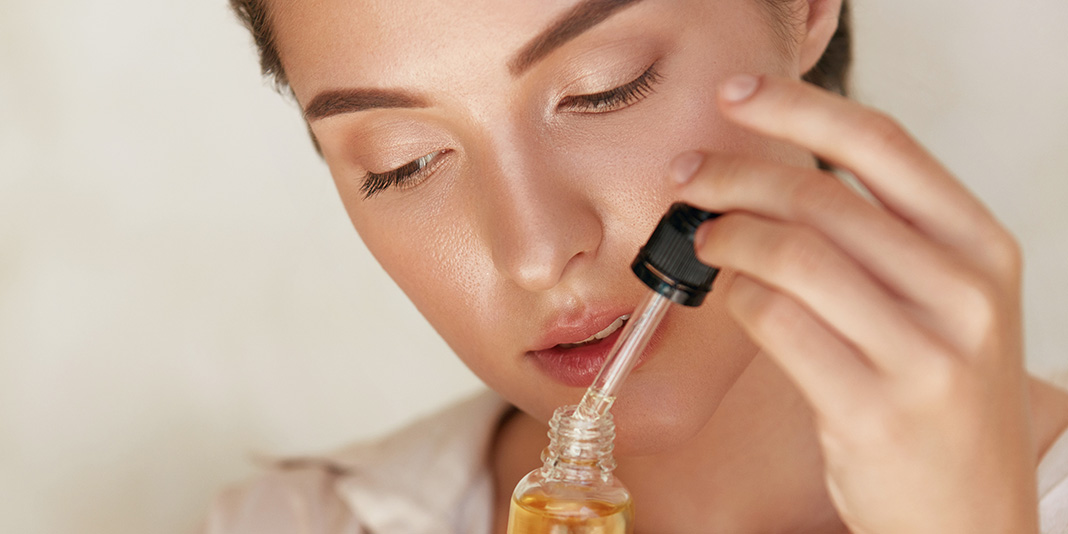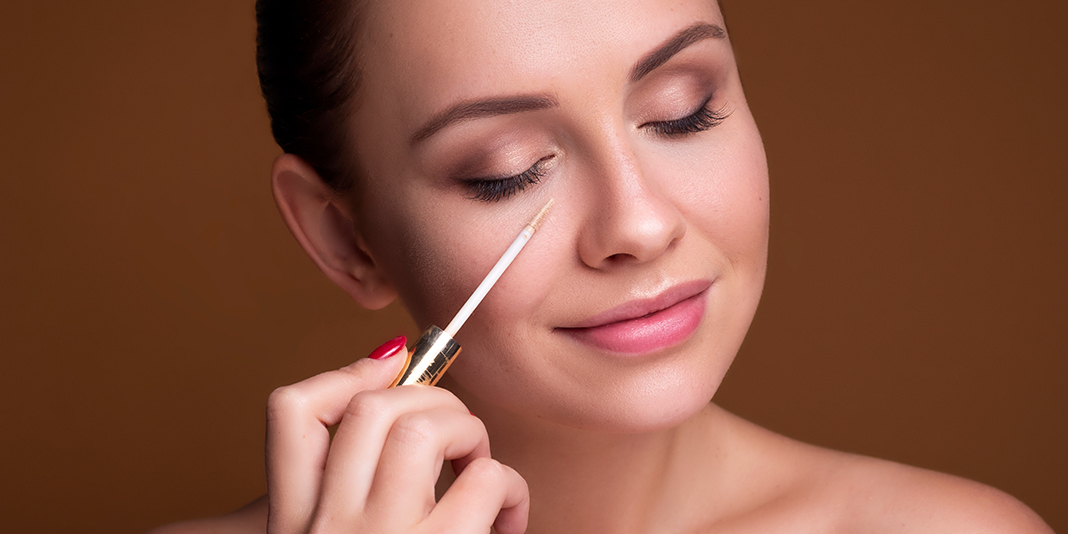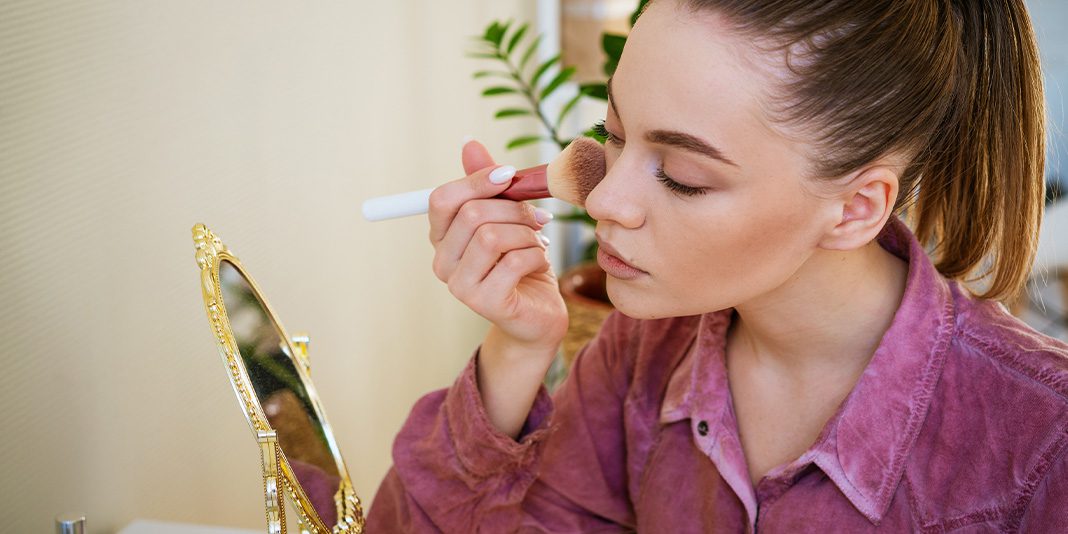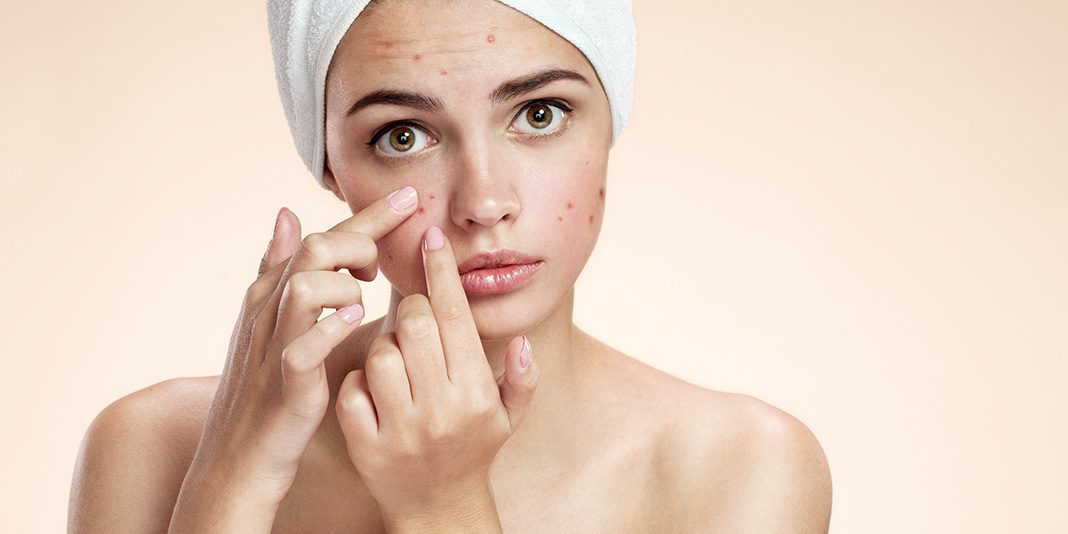Dark spots, discoloration, uneven skintone—no matter what you call it, hyperpigmentation is a complexion killer. “It’s a condition caused by increased levels of melanin, the pigment in the body that determines skin color,” says Khalil Khatri, M.D., dermatologist and cosmetic laser surgeon at The Skin and Laser Surgery Center of New England. “While it’s more common in dark-skinned people who naturally have a lot of melanin, anyone can develop it.” From your laptop to your lingerie, there are a slew of surprising triggers that cause hyperpigmentation. Here, our top five:
1. Your Bra
A fabulous bra can make your boobs look bigger and perkier— but one that’s too tight can cause skin discoloration. “The constant friction from the bra rubbing against your skin can cause irritation, which can change the color of your skin in that area,” says YouBeauty Dermatology Expert Jeanine Downie, M.D., Director, Image Dermatology in Monclair, New Jersey. “In fact, doctors call this type of hyperpigmentation ‘bra burn’ because it looks like an actual burn—dark red and shiny.” If your straps are digging into your shoulders, the clasp in the back struggles to stay fastened, or it’s cutting into the area below your armpits, get fitted by a professional. In the meantime, you can treat bra-related hyper pigmentation with an OTC or prescribed topical hydroquinone cream or gel (depending on the severity) once or twice daily, or—if you’re in a hurry to get rid of it—a chemical peel.
MORE: Look Five Pounds Thinner With Your Bra
2. Facial Hair Removal
Unsightly stray hairs on your chin or upper lip can be zapped with depilatory creams, tweezers or wax, but breaking hair at the shaft, ripping it out, or exposing it to harsh chemicals can cause skin to inflame, paving the way for post-inflammatory hyperpigmentation. The best way to stave it off? “Rub hydrocortisone cream on the inflamed facial areas for up to three days,” says Mariwalla. “Also, make sure to really baby your face during that time period. Use a mild cleanser and avoid toner and exfoliator, which can be harsh on skin.”
3. Your Computer
Odds are you spent lots of time with your computer on your lap surfing the web. But according to New York City-based dermatologist Kavita Mariwalla, M.D., the warmth radiating from your laptop can cause a form of hyperpigmentation called “erythema ab igne,” which appears as net-like patches of discoloration on your thighs. “This type of hyper-pigmentation can occur after prolonged use—placing the computer on your lap for hours a day for several months at a time,” says Mariwalla. If you regularly use a laptop, try a laptop cooler or a tray table.
4. Hormonal Changes
Thanks to surges in estrogen and progesterone, taking the pill or carrying a child can cause wonky chemical changes in the body. In addition to making you feel weepy and anxious, “boosts in these hormones can stimulate melanin growth, causing hyperpigmentation in the form of ‘melasma’, which appears as tan or brown blotchy patches on the nose, cheeks, jawline, forehead or chin,” says Khatri. In pregnant women it’s known as “the mask of pregnancy.” Many women also develop a distinct dark line running from their belly buttons to their pubic area. Hormone-related hyperpigmentation can disappear after birth—but if it doesn’t, you can try a bleaching cream or chemical peel. And if you’re experiencing discoloration from the pill, try switching to another form of birth control.
MORE: How Hormones Change Your Skin
5. Certain Foods
It sounds bizarre, but the lemon and lime you squeeze into your cocktail can cause discoloration. Citrusy fruits contain botanical substances that create a phototoxic reaction when exposed to the sun’s UV rays. “We call this process ‘bartender’s burn,’” says Mariwalla. “If you get the fruit juices on your hands and then step out into the sun, you can develop a sunburn and discolored streaks that form in the pattern of the drip marks.” Although it’s not very common, it’s worth noting at your next outdoor fiesta!



































